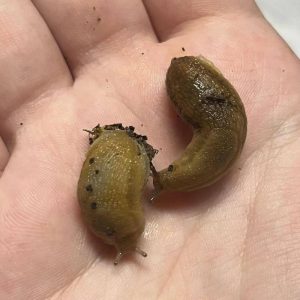Though small in size, the Kamitetep—scientifically known as Phereoeca uterella—can cause noticeable skin irritation. Often seen clinging to walls or furniture, this caterpillar, also called the plaster bagworm or household casebearer, is a moth species commonly found in warm, humid environments, including homes across the U.S.
Despite its harmless appearance, contact with the Kamitetep can result in bruises, swelling, and intense itching. These symptoms are caused by needle-like “hairs” it leaves behind when it bites or brushes against the skin. The irritation can last for days or even weeks. Anti-itch creams or ointments may help relieve the discomfort.
The larvae live in flattened, cocoon-like cases made of silk, dust, sand, and even soil. These cases have openings at both ends, allowing the larvae to move in and out when seeking food. They rarely emerge fully—only when feeding.
Kamitetep larvae feed on fabrics and small spiders, often hiding in dark, warm corners of homes. Females can lay up to 200 eggs, leading to more larvae and cocoons scattered in hidden areas.





